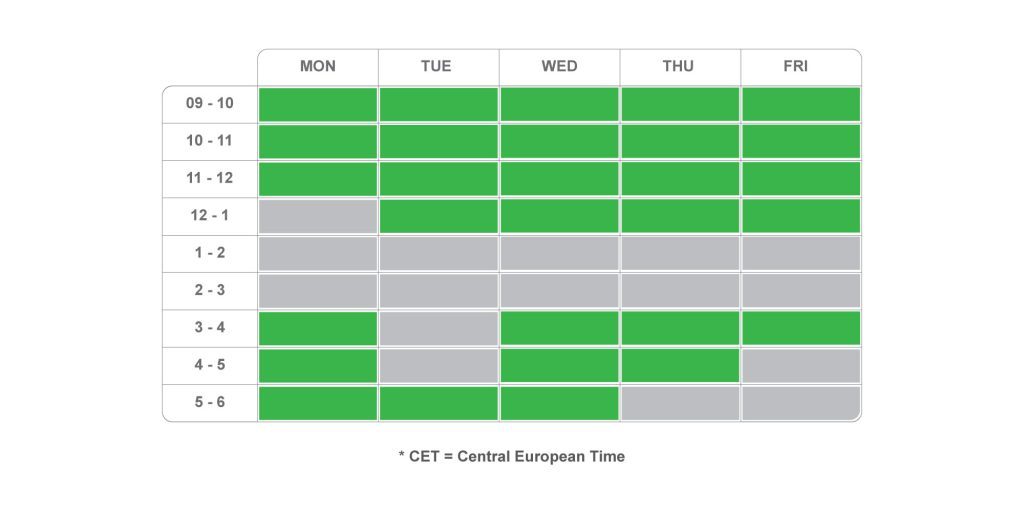[mepr-active rule=”1521″ ifallowed=”hide”]
If there is one thing kids love to do is to make fun of one another, and, more often than not, the target of these mockeries ends up being someone’s body or physique, a phenomenon that we now know as…
[/mepr-active]
[mepr-active rule=”1521″ ifallowed=”hide”]
You need to join the Community to view this content.
[/mepr-active]
[mepr-active rule=”1520″ ifallowed=”hide”]
[mepr-login-form]
[/mepr-active]

Coherence
Coherence means the ability to link ideas naturally and organize your thoughts properly when writing.
You need to work on coherence if:
- You have trouble organizing your thoughts when writing
- You over-use certain connecting words and phrases
- You use connecting words but not always appropriately
How To Improve Coherence When Writing
What you need:
- A short video/article/recording (optional) or a writing prompt *
- Something to write on or to type with
- Your “Connecting Words List”
* If you decide to use a video or an article for this task, make sure to follow point 1 and 2 of Phase 1 of the Fluency Guide.
Phase 1 - Plan
1. Prepare what you’re going to say by writing down the main ideas. Remember to organize them from general to more specific (e.g. I have a lot of hobbies but my favorite thing to do is cooking).
2. Plan how you’re going to connect your ideas. You can look at your “Connecting Words List” to decide which phrases to use.
Phase 2 - Write
1. Keep the “Connecting Words List” in front of you so you can choose the most appropriate ones while writing.
2. Start writing. Remember to follow your plan as you do that and to use the appropriate connecting phrases.
Phase 3 - Polish
1. Proofread what you wrote. Is your text coherent? Would somebody be able to follow what you are saying if they ready your writing task? You can even have a friend read to it to make sure.
2. Correct anything that needs correcting and copy the final product.
Tips
- Start with simple connecting words and phrases and then move onto more complex ones.
- Don’t improvise. Plan what you’re going to write.
- Keep a “Connecting Words List” in front of you.


